A Women Traditional Saree is an iconic piece of Indian clothing that embodies cultural richness, history, and craftsmanship. It is a garment that celebrates both heritage and femininity, making it a go-to choice for many formal and festive occasions. Traditional sarees are typically made from luxurious fabrics and feature intricate designs that highlight various cultural motifs, weaving techniques, and regional influences.
Features:
- Traditional Fabrics: Traditional sarees come in a wide array of luxurious fabrics that enhance their elegance. Some of the most popular fabrics used for traditional sarees include:
- Silk: Silk sarees are highly regarded for their rich texture and luxurious feel. They come in various types, such as Kanjivaram, Banarasi, and Mysore silk, known for their intricate designs and vibrant colors.
- Cotton: Cotton sarees are often chosen for their comfort and practicality. They are great for warm weather and are often worn for everyday functions, festivals, and weddings.
- Georgette/Chiffon: These lightweight, flowy fabrics are perfect for draping and are used for elegant sarees that are great for formal or evening events.
- Satin: Satin sarees are smooth and shiny, providing a luxurious and glamorous appearance, often worn for evening parties or high-profile functions.
- Organza and Net: These materials offer a delicate, airy appearance, often featuring intricate embroidery or lace details.
- Traditional Designs: The beauty of a traditional saree lies in its design. Traditional sarees often showcase age-old techniques like:
- Zari Work: Golden or silver thread work used to create intricate patterns like flowers, paisleys, and borders.
- Madhubani and Kalamkari: Indian art forms that incorporate traditional hand-painted or printed motifs on the saree.
- Bandhani: A tie-dye technique from Rajasthan and Gujarat, creating circular patterns, often in bright colors.
- Kanjeevaram: Famous for its rich silk and contrasting borders, this saree style is a staple for South Indian weddings.
- Banarasi: A classic fabric from Varanasi, renowned for its heavy brocade work and intricate patterns, especially in gold or silver.
- Color Palette: Traditional sarees are known for their bold, vibrant colors. Popular colors include deep reds, maroons, gold, royal blues, and greens, which are often chosen for their auspiciousness during weddings and festivals. Soft pastel shades and white sarees are also common for more serene, spiritual occasions.
- Intricate Borders and Pallus: Traditional sarees typically feature ornate borders (pallu) that are heavily embellished with designs such as paisleys, florals, geometric patterns, or motifs inspired by nature. These embellishments often symbolize cultural heritage and artistic craftsmanship.
Styling Tips:
- Traditional Look: To create a traditional look, pair your saree with a well-fitted blouse that matches or complements the design and color of the saree. Opt for a classic neckline like a round neck or boat neck. Traditional jewelry such as jhumkas, a maang tikka, and bangles will complete the look.
- Blouse Designs: Traditional sarees pair beautifully with blouses in a range of designs, including short-sleeve, full-sleeve, or sleeveless options. For a more traditional look, choose blouses with intricate embroidery, zari work, or mirror work.
- A high-neck blouse or backless blouse can modernize a traditional saree while maintaining its elegance.
- Footwear: Traditional sarees are often worn with ethnic footwear, such as mojaris or juttis (traditional Indian footwear) for a grounded and authentic look. For more formal or evening wear, high heels or strappy sandals in metallic shades complement the saree beautifully.
- Draping Style: Traditional sarees are usually draped in a way that highlights the fabric and design. For example:
- Nivi Style: The most common drape, with pleats at the front and the pallu falling over the shoulder.
- Bengali Style: Known for draping the saree around the waist with the pallu tucked at the back, allowing for a unique look.
- Maharashtrian Nauvari: A distinctive style in which the saree is draped in a dhoti-like fashion, often worn for weddings and festivals in Maharashtra.
- Gujarati Style: Similar to the Nivi style, but with the pallu brought over the shoulder and draped across the chest.
Occasions:
- Weddings: Traditional sarees are the perfect choice for weddings, whether you are the bride or a guest. Silk sarees, especially Banarasi, Kanjeevaram, and Paithani, are widely preferred for wedding occasions due to their grandeur and richness.
- Festivals: During festivals like Diwali, Holi, Durga Puja, and Navratri, traditional sarees are worn to honor cultural rituals and celebrate the festive spirit. Bright and festive colors like red, gold, yellow, and green are common during such events.
- Religious Functions: For occasions like pujas, religious ceremonies, or spiritual gatherings, traditional sarees are worn to display reverence. Sarees in lighter shades or white, along with minimal embroidery, are often chosen for such events.
- Formal Gatherings: Whether it’s a gala, a formal dinner, or a celebration, traditional sarees with delicate embroidery or zari work in rich fabrics like georgette, chiffon, or satin are perfect for evening wear.
Why It’s Special:
- Cultural Significance: Traditional sarees are more than just garments; they hold cultural and emotional significance, representing centuries of craftsmanship, heritage, and tradition. They often carry regional pride and symbolize cultural identity.
- Elegance and Timeless Appeal: A traditional saree never goes out of style. It is an epitome of grace and elegance, making it a must-have in every woman’s wardrobe. Whether you wear it to a wedding or an important event, it exudes timeless beauty and poise.
- Handcrafted Artistry: Many traditional sarees feature handcrafted embroidery, weaving, or dyeing techniques that are passed down through generations. The effort and skill involved in making these sarees elevate their value and uniqueness.
Care Tips:
- Cleaning: Traditional sarees made from delicate fabrics like silk, satin, or georgette often require dry cleaning to preserve their look and feel. For sarees with heavy embroidery or zari work, avoid machine washing as it can damage the embellishments.
- Ironing: When ironing, set the iron on a low heat setting and preferably iron the saree from the reverse side to avoid damaging the fabric or embroidery. For sarees like silk or georgette, it’s best to use a cloth between the saree and iron.
- Storage: Store your sarees in a cool, dry place, away from direct sunlight. Use cotton garment bags to keep the saree free from dust, and avoid hanging heavy sarees for prolonged periods as it can distort their shape.
Conclusion:
A Traditional Saree is not just an outfit, but a symbol of grace, tradition, and cultural heritage. Its timeless appeal, rich fabric choices, and intricate designs make it perfect for a wide range of occasions, from weddings to religious ceremonies and festivals. Whether you prefer the richness of silk, the elegance of chiffon, or the delicate beauty of cotton, the traditional saree will always remain an iconic and beloved garment.
Would you like more specific recommendations on styles, colors, or where to find the perfect traditional saree? Let me know!

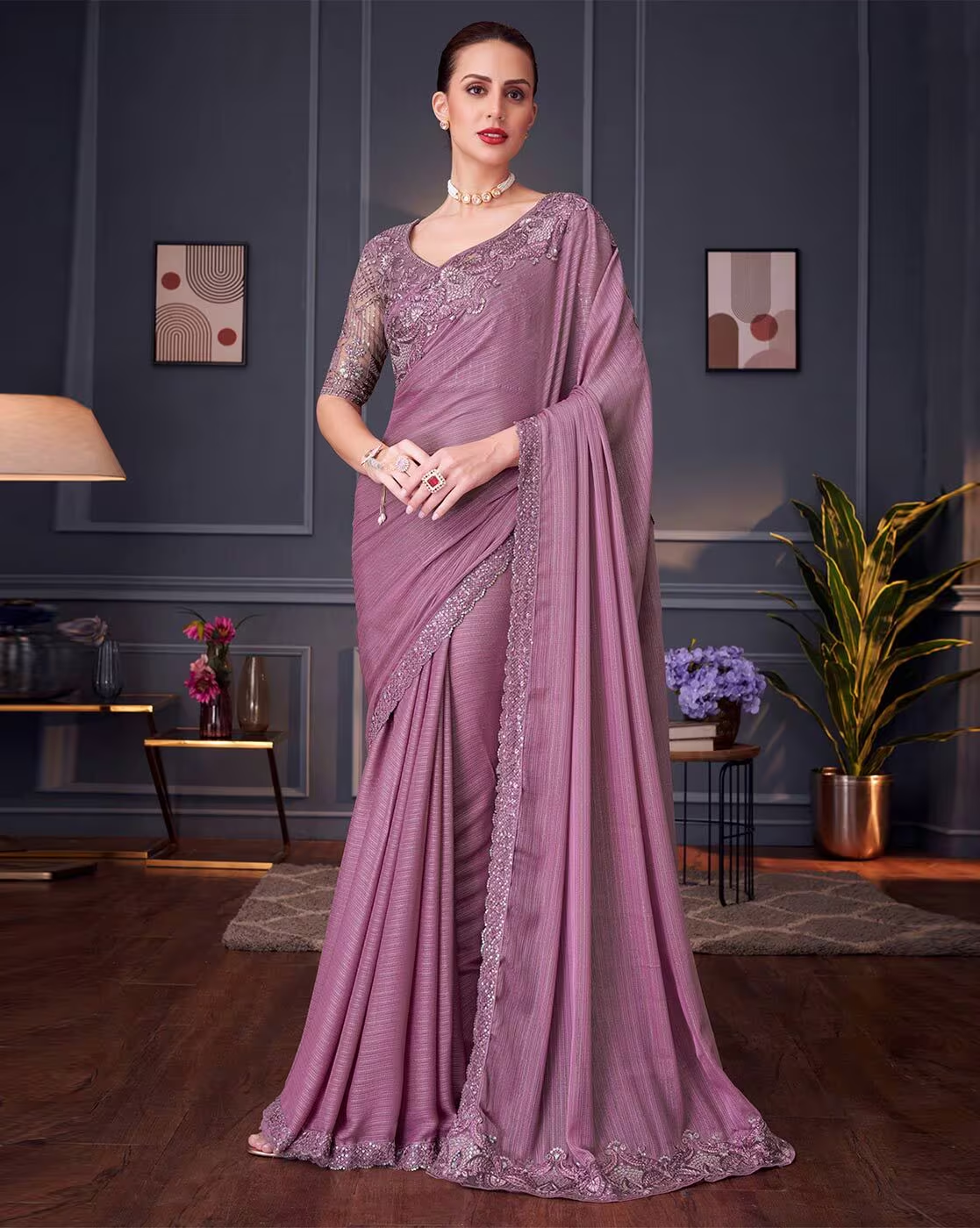
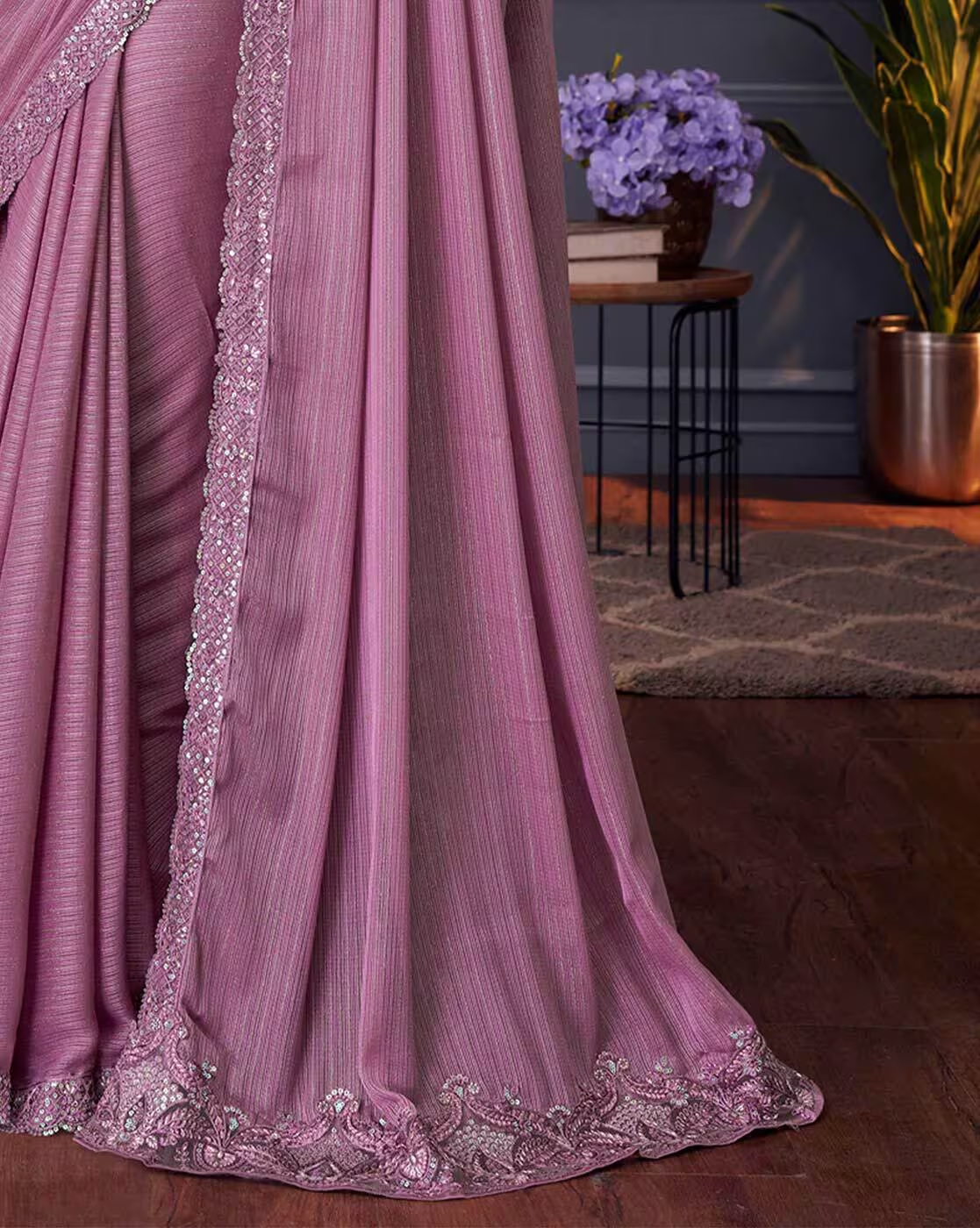
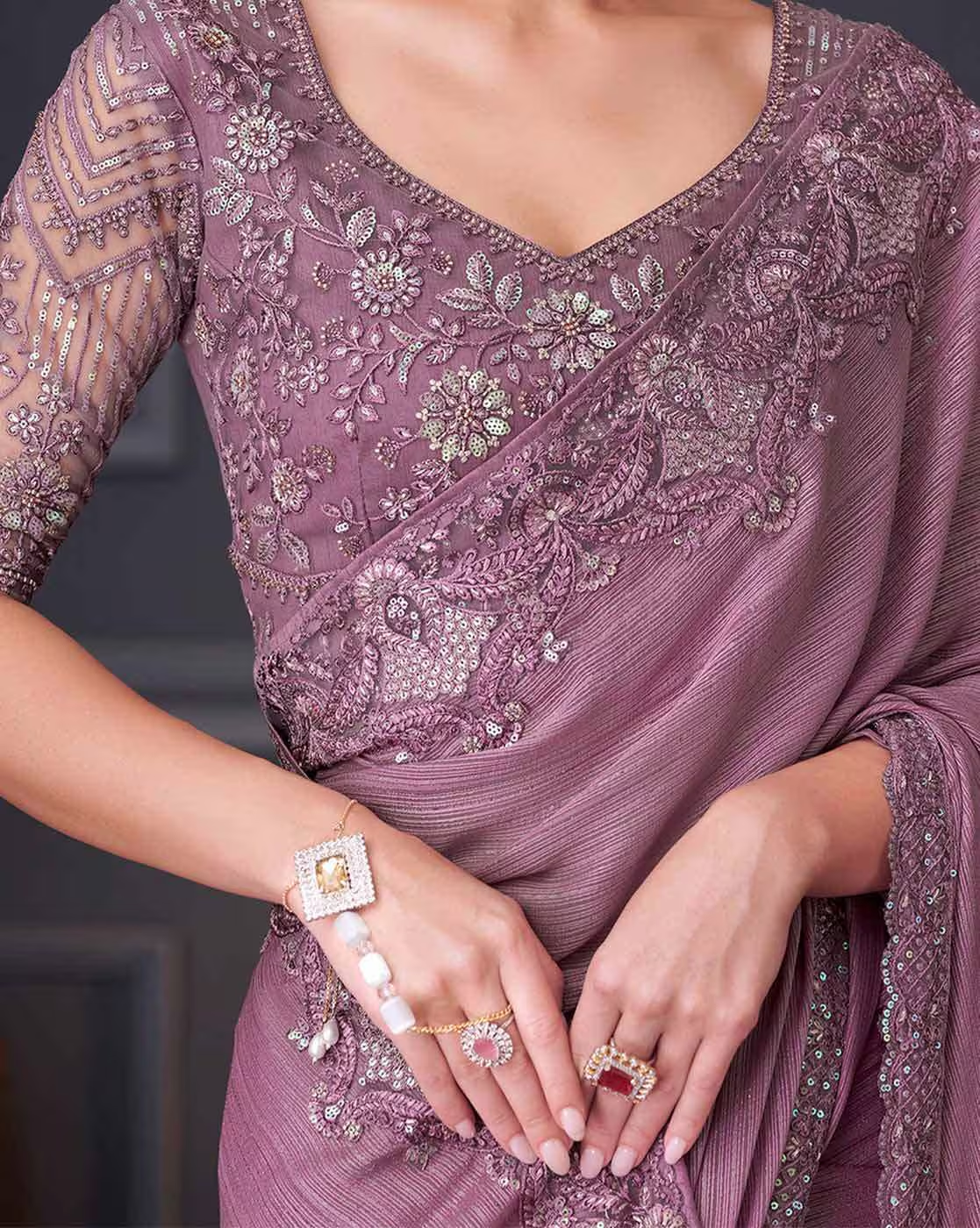
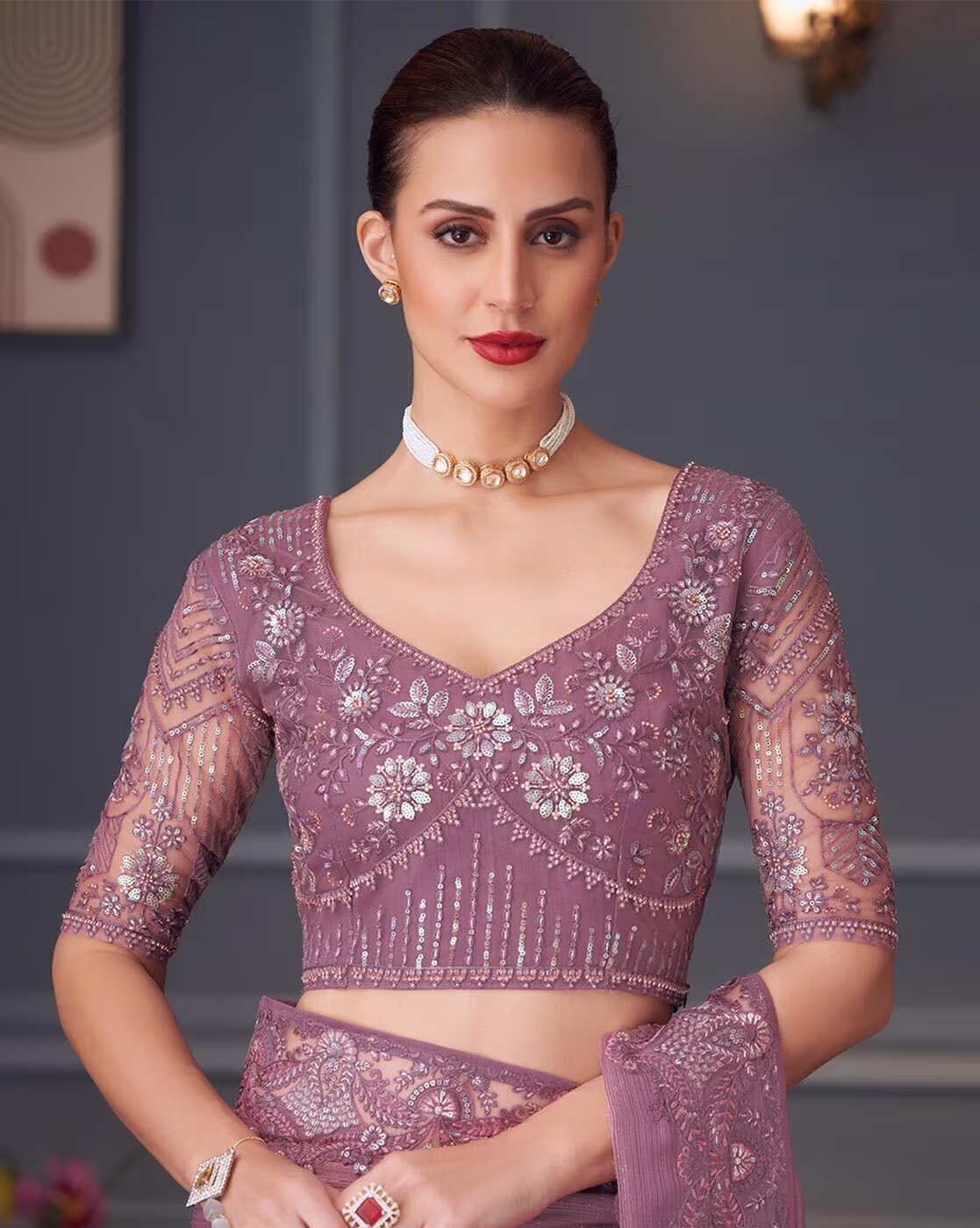
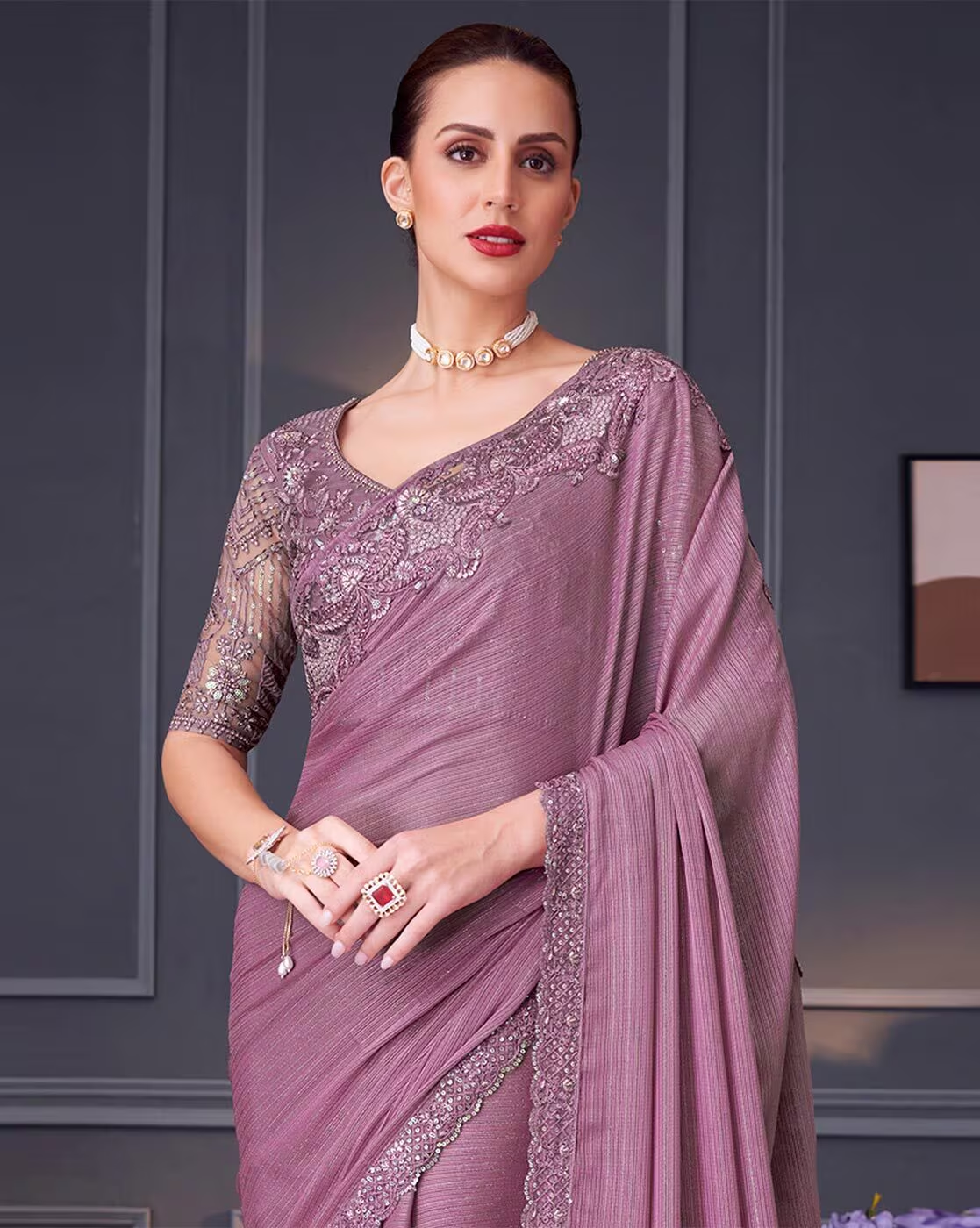
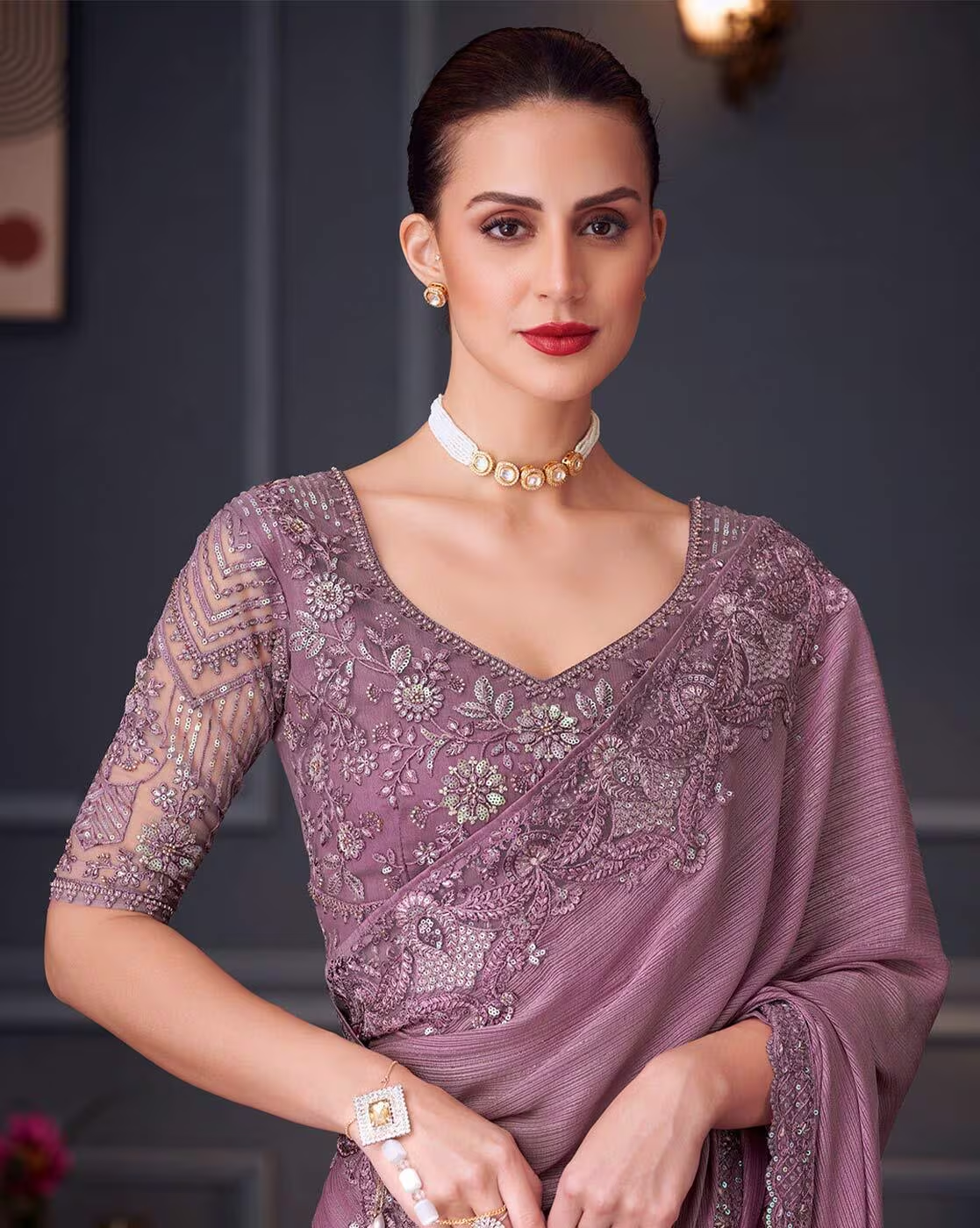



Reviews
There are no reviews yet.